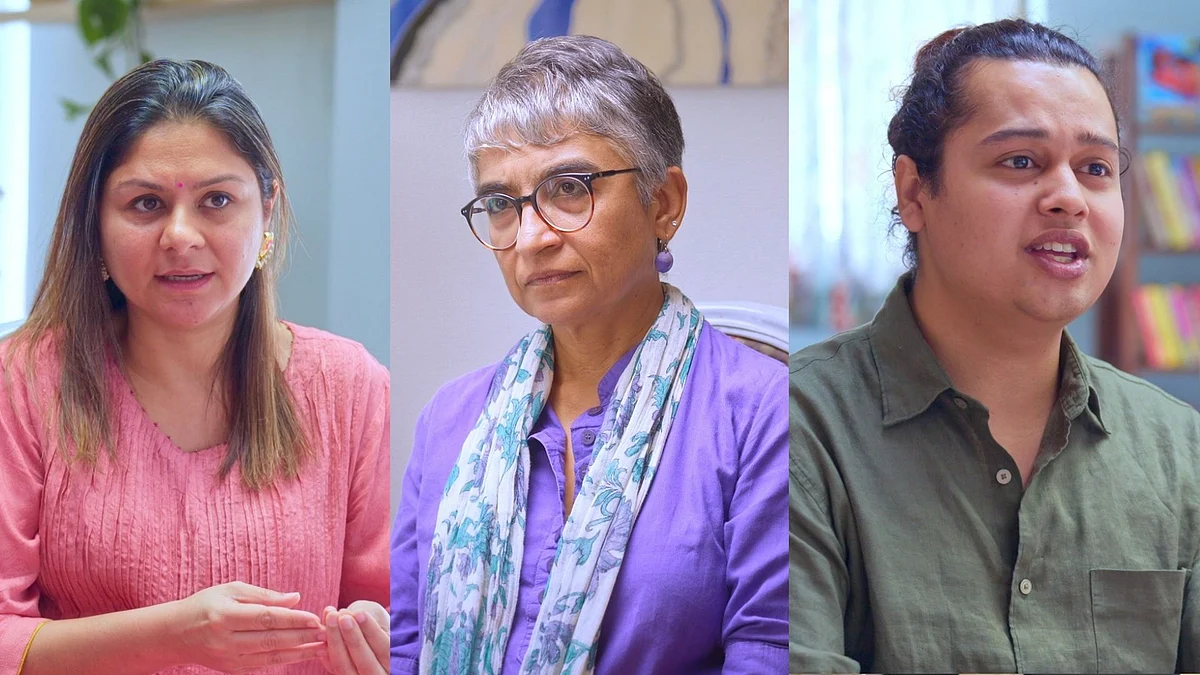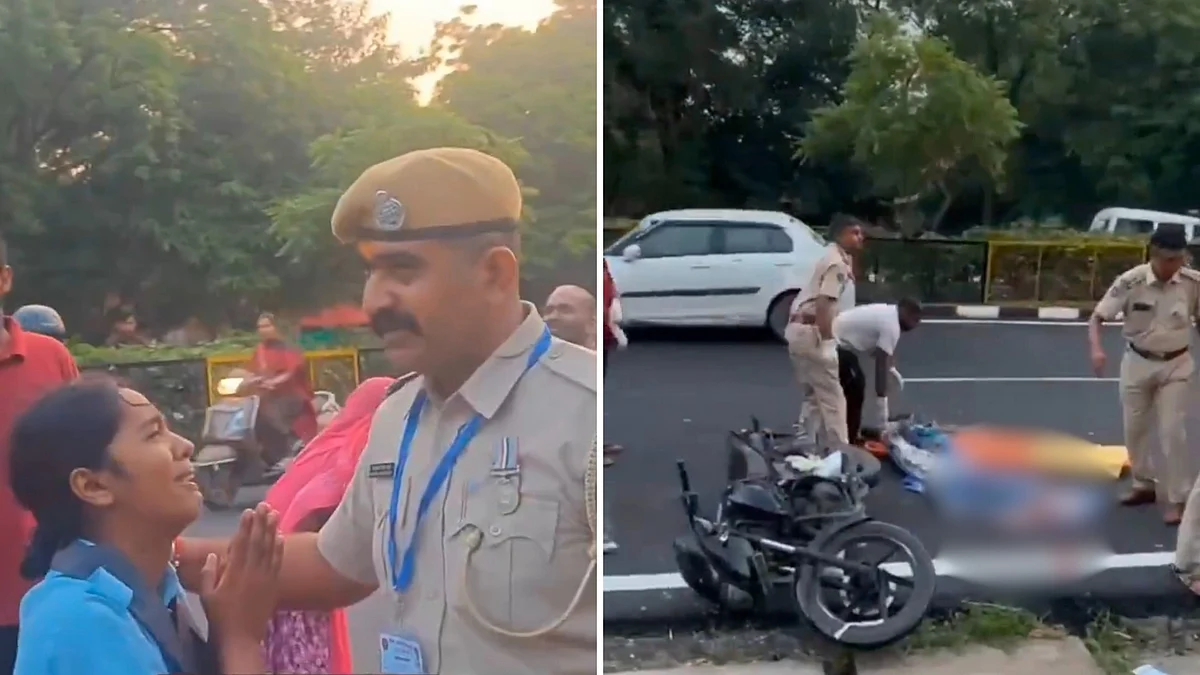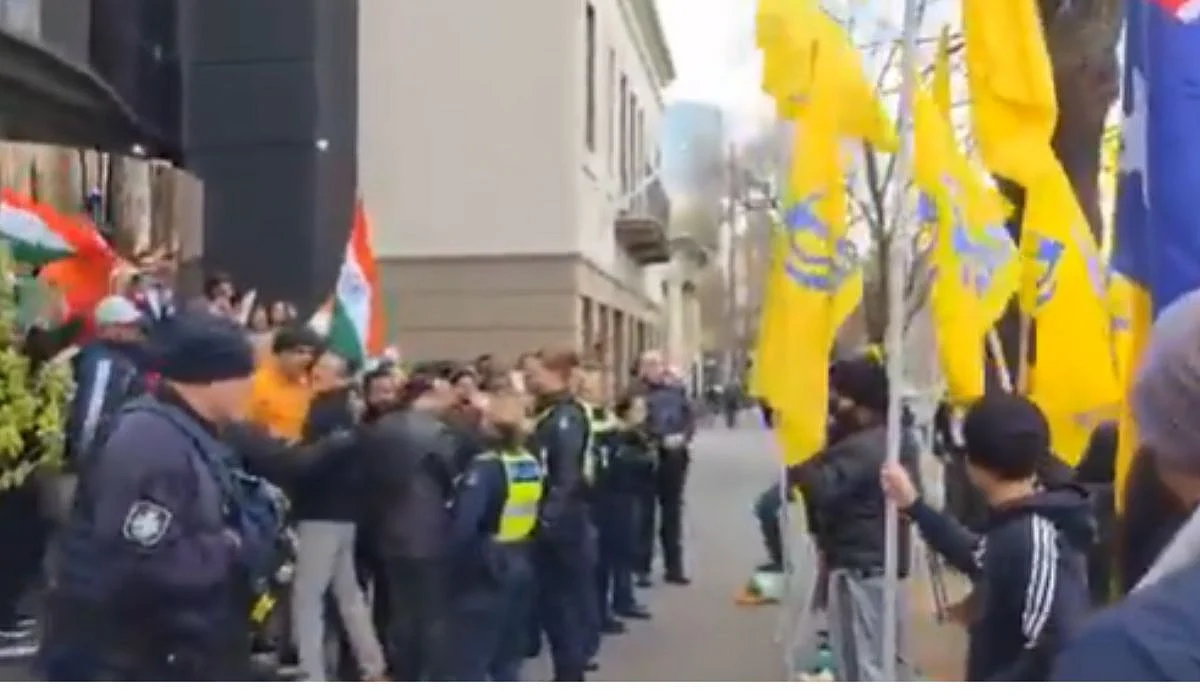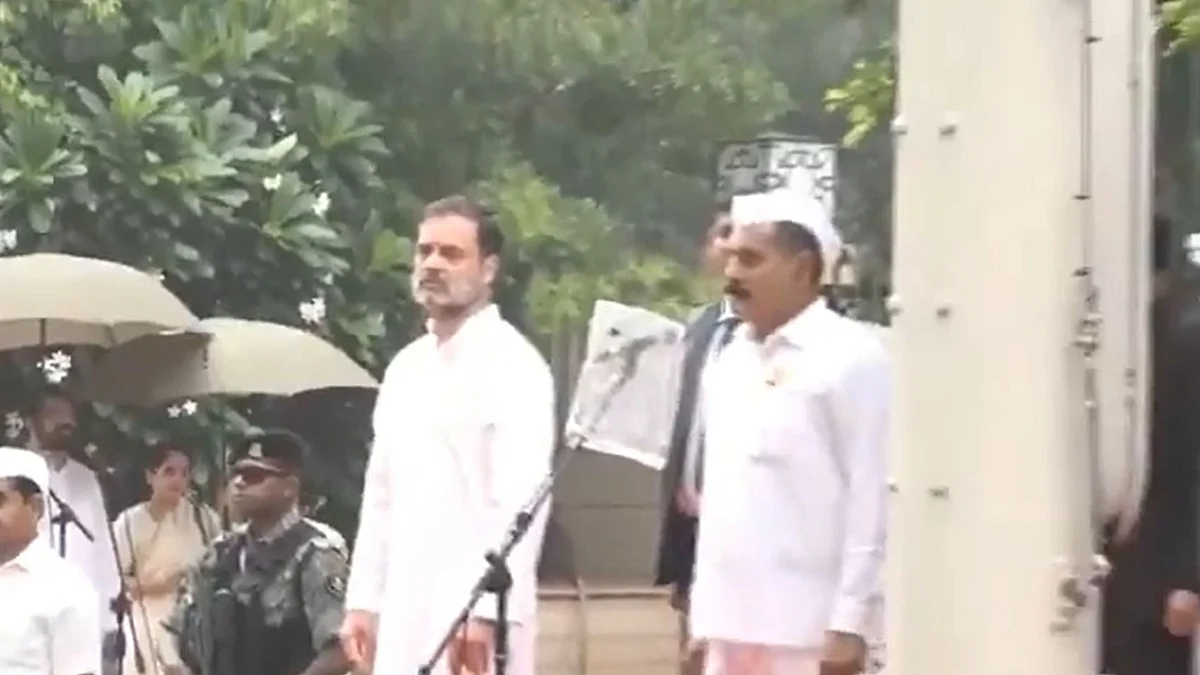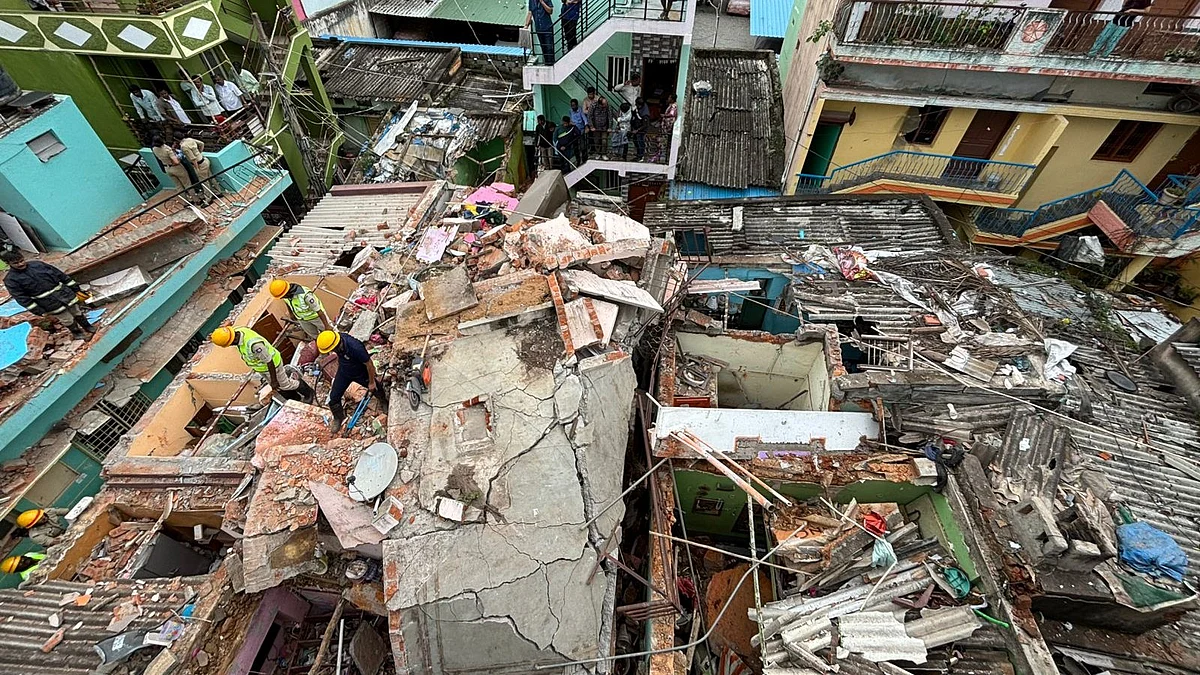New Delhi: India’s calibrated military operation, Operation Sindoor, was the culmination of over two weeks of intensive planning following the deadly April 22 terror attack in Jammu and Kashmir's Pahalgam which claimed 26 lives.
The strike, conducted in the early hours of Wednesday, May 7, targeted terror camps in Pakistan and Pakistan-occupied Kashmir (PoK), eliminating dozens of operatives linked to Lashkar-e-Taiba and Jaish-e-Mohammed.
Here’s a detailed timeline of events — from the Pahalgam massacre to India’s retaliatory action:
April 22: Horror in Baisaran Valley
The serenity of Pahalgam’s Baisaran Valley shattered when 25 Indian tourists and a local pony handler were brutally gunned down by the terrorists. Eyewitness accounts revealed that the assailants separated the group based on religious identity before opening fire.
Prime Minister Narendra Modi immediately cut short his Saudi Arabia visit. Home Minister Amit Shah flew to Srinagar and met with senior officials, including Lieutenant Governor Manoj Sinha and Chief Minister Omar Abdullah, to assess the security situation.
April 23: Diplomatic Freeze Began
India initiated a series of diplomatic and economic responses against the terror attack. It suspended the Indus Waters Treaty with Pakistan and halted cross-border operations at the Attari Integrated Check Post. Visa services for Pakistani nationals were stopped, and diplomatic staff from Pakistan in India were asked to leave within a week, signaling a hardening stance.
April 24: PM Modi's First Address Since Attack
Making his first public appearance after the deadly terror attack, PM Modi addressed the nation’s anger and grief in Bihar.
“The enemies of the country have dared to attack its soul,” he said, promising severe retribution not only for the attackers but also for their handlers across the border.
April 25: Political Consensus on Action
An all-party meeting was convened where 15 political parties were briefed on the situation. In a rare show of unity, opposition leaders including Rahul Gandhi and Mallikarjun Kharge extended full support to the government in its efforts to respond decisively.
April 29: Green Light for Military Response
PM Modi held a high-level security meeting with the Defence Minister, CDS Gen Anil Chauhan, and the service chiefs. According to sources, PM Modi gave the forces complete operational freedom to plan and execute India's response on their terms, without political constraints.
May 5: Civil Defence Drill Orders Issued
As behind-the-scenes preparations for the strike continued, the Union Home Ministry directed states and UTs to conduct large-scale civil defence exercises on May 7. Though officially disconnected from the military build-up, the timing hinted at a broader readiness posture.
May 6: UNSC Meeting and Global Messaging
Responding to Pakistan’s request, the UN Security Council held closed-door discussions. Sources said several countries questioned Pakistan’s role, with the Pahalgam killings being condemned and its attempts to frame the attack as a “false flag” operation largely dismissed.
May 7: Operation Sindoor Unleashed
Between 1:05 AM and 1:30 AM, Indian forces executed a precise, 25-minute strike on nine identified terror camps in Pakistan and PoK. Intelligence inputs and satellite guidance helped ensure this surgical precision.
On the same day, a press briefing was conducted by Foreign Secretary Vikram Misri, Colonel Sofiya Qureshi, and Wing Commander Vyomika Singh. The government confirmed the deaths of 70 terrorists and injuries to over 60 others.
Military installations were deliberately avoided. However, Pakistan claimed civilian casualties, but India maintained that collateral damage was minimal and the operation was aimed solely at terrorist camps.


